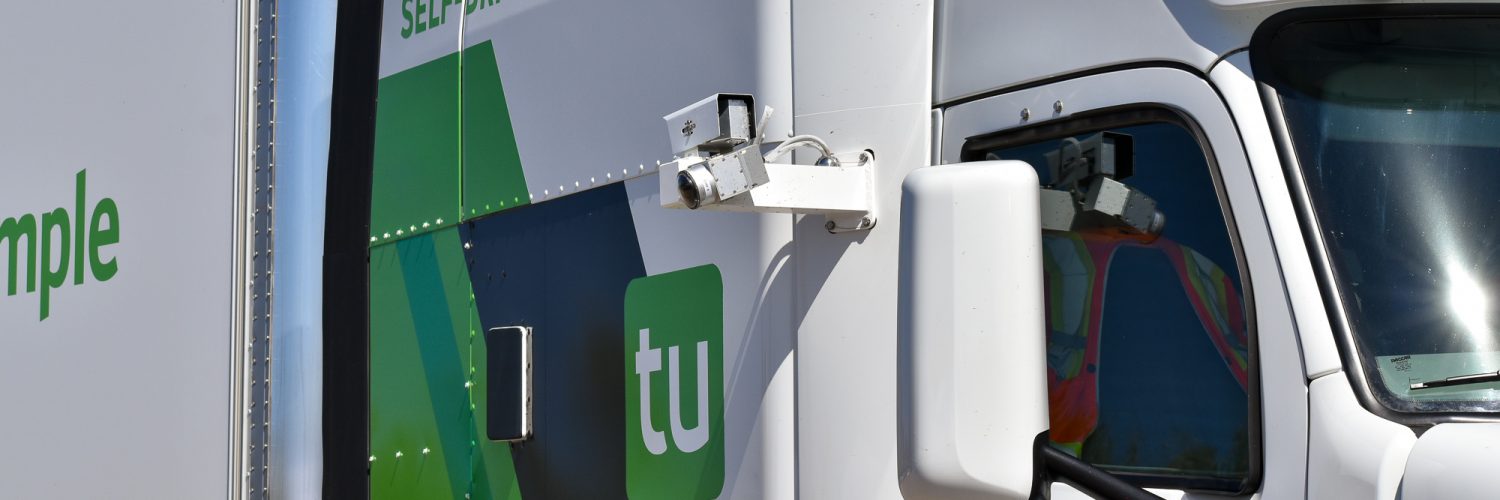The push for electric and autonomous vehicles is becoming more widespread. In fact, trucking companies are now filtering out gasoline for alternative fuels, such as hydrogen, or electric hybrid engines.
That was the topic of discussion in a back-to-back set of panels at this year’s Arizona-Mexico Commission held at the JW Marriott in North Phoenix. The Transportation Electrification Forum, split into the Grid and Economic Impact of Transportation Innovation panel and the Electric Vehicle Adoption, Infrastructure and Programs panel, brought together representatives of virtually every corner of the mission for the transportation industry to go electric. From government regulations to educating the public about the benefits of driving an electric car to discussing the impact that this upheaval would have on the utilities grid, the panels dove into an array of subjects that impact our lives as consumers, business owners, and Arizonans.
“The technology is already here, it’s just a matter of time where it becomes more popular. By the time that happens we need to work with lawmakers to make sure the laws help facilitate the technology,” said Juan Padres, public affairs manager at TuSimple.
TuSimple, the San Diego-based tech truck startup, has been making major plays to own the electric vehicle industry, at least in the freight truck space. It’s a tech company that creates the hardware and sensors that go into moving regular Class 8 trucks along the highways, hauling freight around without manning the wheel. Sounds scary, but it’s already seen successful trial results down in Tucson where it’s been for a while now, testing out its technology. It also just came off a successful two-week run with the U.S. Postal Service, hauling mail between Phoenix and Dallas nonstop at 65mph.
TuSimple has become the posterboy for this kind of technology bleeding into the gas-hog tradition of trucking. But it’s doing more than just creating and improving this tech, it’s also answering a number of questions about the future of trucking as a whole. The trucking industry currently faces an estimated need for 100,000 truckers by 2025, with some experts saying that it could be even more by then. It’s also responding to the need to cut carbon emissions by running a truck on zero gas.
One goal for TuSimple, and the industry itself, noted Padres, was to cut down on the need for truck drivers to be on long hauls, keeping them on short hauls instead and close to their home and off the road for long periods of time.
“There’s a major shortage of truck drivers in the United States and it’s only going to get worse by 2025. This technology adds value because this will alleviate the need for truck drivers while also remaining safe. An autonomous truck can run nonstop at 65 MPH, which will in turn save fuel in the long run,” he said.
But what about everyday commuters who drive to work, soccer practice, on road trips, or to their mom’s house for Sunday dinner? It all comes down to education, according to Kathy Knoop, principal environmental scientist at Salt River Project.
“Education is a really big factor, letting people know they can plug into an outlet in their garage is huge. We’re also working on informing our customers that transition to electrification can be easier, as well as the benefits of fuel savings,” she said.
Along with Kerri Carnes, state regulation manager for APS, and Ray Martinez, customer programs manager for TEP (Tucson Electric Power), Knoop illustrated the role that utilities play in adopting electric vehicles into the average American household. In order to own and operate an EV, you have to charge it. While charging stations are becoming more and more common at places like grocery stores, movie theaters, and even office parks, there needs to be a small station plugged in at home in the garage. This is where APS, SRP, and TEP play an influential role.
“Out of a million (SRP) customers, about 10,000 of them are driving EV’s (electric vehicles),” Knoop said. “We’ve set some intense goals to get 500,000 people to be EV drivers by 2035. To do that we need to focus on how to manage those vehicles into our service territory. We also want to increase adoption by creating and removing barriers for our users to bring on EV’s.
Until a few years ago, the nation’s electric utilities didn’t have direct interest in the transportation industry. While fleet vehicles have always been a part of the industry, few have really considered the overall impact that electric vehicles have on the utilities’ business prospects. It’s becoming more and more clear that EV’s could inspire significant new demand growth for the utilities sector.
One significant issue that utility companies have been wrestling with is whether third-party entities that own EV charging stations should be treated like regulated utilities because they are essentially re-selling electricity.
“Education is of the utmost importance. Where do you build and how do you build? There are opportunities for utility companies to partner with those in the industry to deliver on projects that the customer wants. I think there’s room for everyone and we can work together to look at what we want to achieve,” said Carnes of APS. “I think that having a robust dialogue with our regulators will help us find ways that make sense to have a comfort level in adopting EV’s.”
Once people adopt electric vehicles as a viable mode of transportation, it isn’t as easy as just flipping a switch. Well, literally it is that way, but there are challenges posed right now for companies wanting to put more electric vehicles on the streets and highways, according to Jordy Fuentes, Director at the Residential Utility Consumer Office.
“What we’re seeing with electric vehicles is that they’re in their early stages. But they’re rapidly changing, especially with the way technology goes. We still have a way to go, so we look at this with two decisions in front of us–we can either go into development and the future of electric vehicles not well coordinated, or we can plan and collaborate and unlock benefits of what electric vehicles mean to us all,” he said.
Beyond affordability issues, the industry as a whole has a lot of hurdles in front of it, and a lot of it starts at the legislative level.
“We have to think of things like education, gas tax, vehicle registration, HOV lanes, signage on highways–we can talk for hours about the slew of issues that need to be addressed to best prepare for this kind of adoption,” added Fuentes.














Add comment